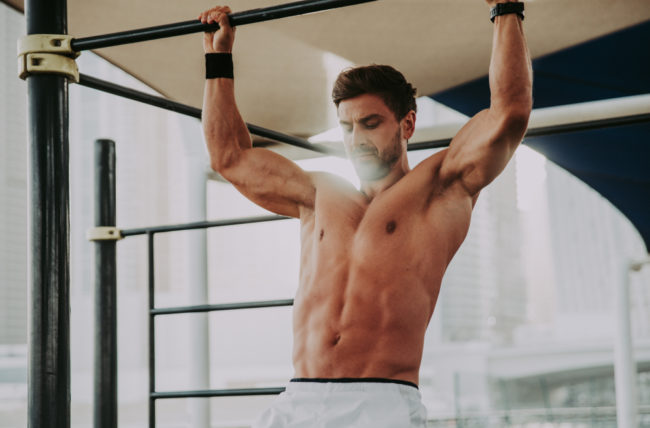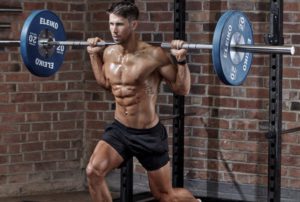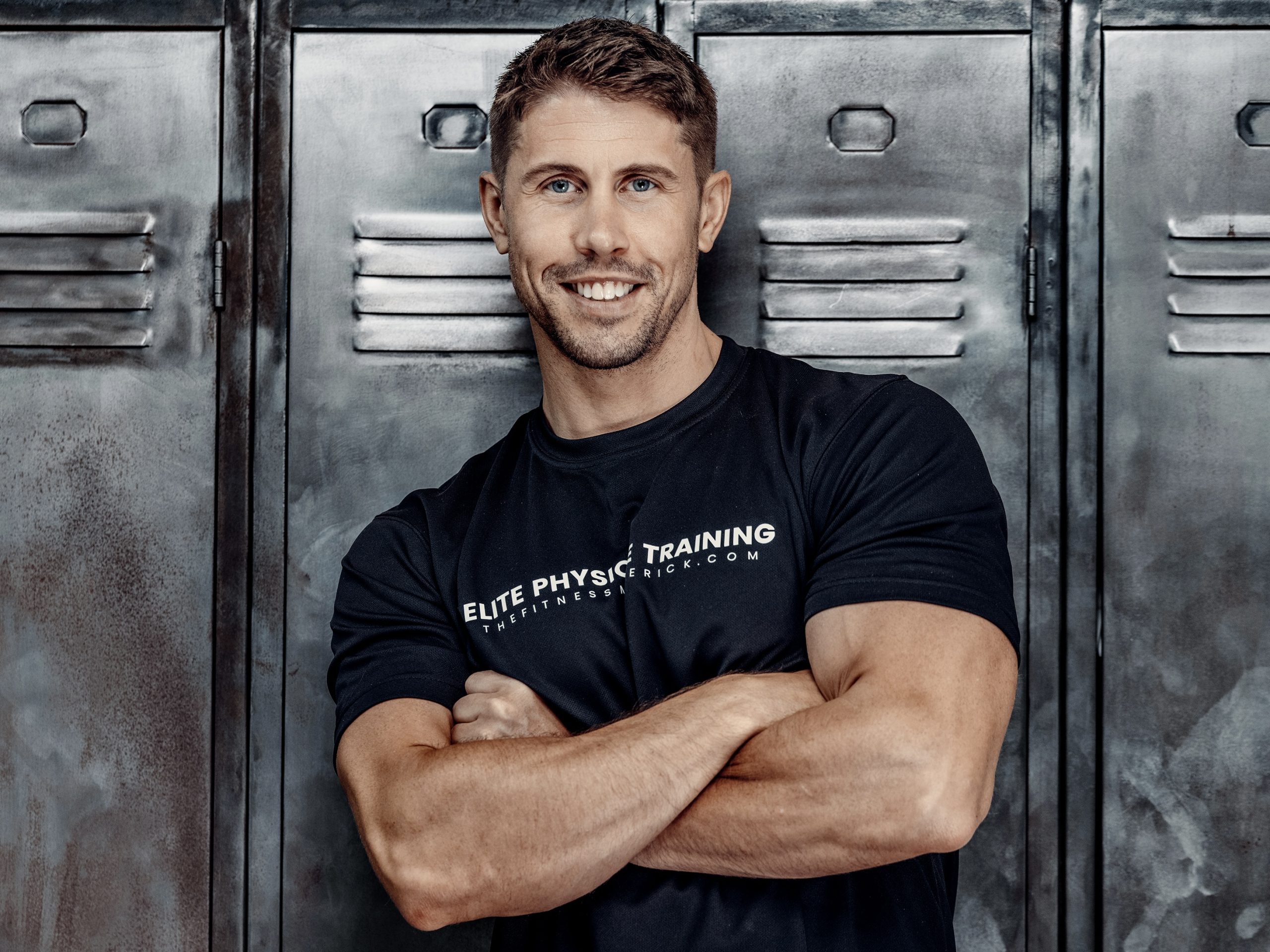Whilst there’s an abundance of chin-up variations encouraging more workout randomness than ever, no one is talking about how to progress chin-ups or which grip is best for optimal development.
Exercise Progression
Because of individual differences in genetics and training history, how you progress an exercise and the direction of a training program will undoubtedly vary. This is as opposed to the current mindset where many simply copy exercises without knowing their rightful place.
A bad choice of exercise can be comparable to using a hammer and chisel as a tooth pick!
Exercise selection is not just a simple case of whether you can perform an exercise or not, instead it’s about laying the foundations strong at the start and ticking certain boxes as you go along. This way you move better, progress further and bulletproof your body from future injury.
The world’s tallest building, the Burj Khalifa used over 100’000 tonnes of concrete to build just the foundations. I’m no architect but I’m sure there were copious amounts of cross-checking and boxes that needed to be ticked along the way also. The best athletes are built in the same way, and you should be too.
Unlike a building however, exercise progression should not be looked at as everyone climbing the same stairs to the top where the ultimate exercise awaits. Instead it should be thought of as climbing a tree where there are a multiple paths to decide from, and different places you could end up. It’s important you choose the right ‘branch’ to climb, as If you don’t it will at some point give-way.
Whilst it’s fitting that I’m liking progressions to climbing a tree, and this is an article about chin-ups, it’s probably best I move on to the actual theme topic in question; chin-up grips and how to progress them.
Chin-Ups
As you progress in grips it’s up to you whether you use some assistance (a resistance band, negatives, a partner etc.) or apply some external load like I have in the videos below (weighted vest, dipping belt etc.). Because of this the following progression is a universal rule, although it’s up to you to determine how much resistance you’re capable of using in each position.
Scapula Pull-Ups
This variation is best used right at the beginning of a progressive chin-up program or included as part of your warm-ups to help groove the chin-up pattern. It’s never too early or too late to start using these.
Whilst this is not a full chin-up (after all, there’s no chin-up over the bar) proper scapula movement during all chin-up variations is one of the most common errors I see in most gyms, of which this drill helps to teach properly.
In short, during chin-ups the scapula (shoulder blades) should initiate the first portion of the movement in order to allow the target muscles around the region to activate fully and perform the function they were intended to perform.
The scapula should be allowed to glide up and down and around the ribcage slightly, and that’s why you should notice this scapula movement in all the videos below. This is not to say performing your chin-ups without this movement is incorrect, but by adding this little tweak it will make your chin-ups much more effective (and harder!).
Neutral Grip Chin-Ups
Some find a neutral (hammer) grip to be the easiest place to begin performing chin-ups, whilst others find underhand (supinated) easiest. A neutral grip is more often strongest since all four elbow flexors are positioned for a better line of pull.
A neutral grip is often the best place to start not just because of the level of ease, but there is a greater carryover to the other grips from a neutral position too. The neutral grip is also the most natural position for the shoulders and elbows and can be considered more ‘joint-friendly’.
Within my own coaching practice, I find the neutral grip to be the best place for my athletes and clients to spend the most of their time and will often progress the neutral grip to performing them at a variety of body angles and tempo’s (e.g., neutral leaning chin-ups, neutral sternum chin-ups, accentuated eccentrics etc.).
This is an example of what I briefly mentioned earlier as a tree of progression and advancing in one direction rather than another.
Underhand Grip Chin-Ups
A supinated grip should be your next stop in the chin-up progression pathway. This variation places the biceps at a better line of pull, and because of this can prove to be a good strength and size builder of this area. I have personally seen many develop a respectable level of arm size by progressively loading Underhand Grip Chin-Ups without the need for direct biceps training.
Overhand Narrow Grip Chin-Ups
Before progressing to a wide grip, you should learn to master a narrow position at shoulder width. Switching from an underhand to overhand grip can be a big step-up for most as an overhand grip places the biceps at a less optimal angle of pull. Because of this a larger reliance is placed on the latissimus, and weaker elbow flexors. Particularly in the bottom position, allowing the elbows to flare out slightly will further target the latissimus in a stretched position.
As a side note for those who haven’t seen an improvement in arm strength and size in some time, simply switching from curls and chins with an underhand (supinated) grip, to instead using an overhand (pronated) grip can inject some new growth.
Overhand Wide Grip Chin-Ups
Although an overhand wide grip can be considered the hardest grip position, it should not necessarily be considered the gold standard. For many great progress can be seen by simply sticking to a neutral grip, or even using Olympic gymnastic rings in the neutral grip position.
However, an overhand wide grip position as well as being a little harder to perform will allow an additional emphasis on the latissimus, especially if you can use a full stretch and elbow flare at the bottom. If you call these ‘pull-ups’ or ‘chin-ups’ it doesn’t really matter; either way your chin and shoulders should be over the bar on every rep.
Most with a few months of training can jump up to a bar and pull themselves up a few times. But with proper progression, the right grip and employing the finer details you will see greater strength, size and performance development in the long-run.


